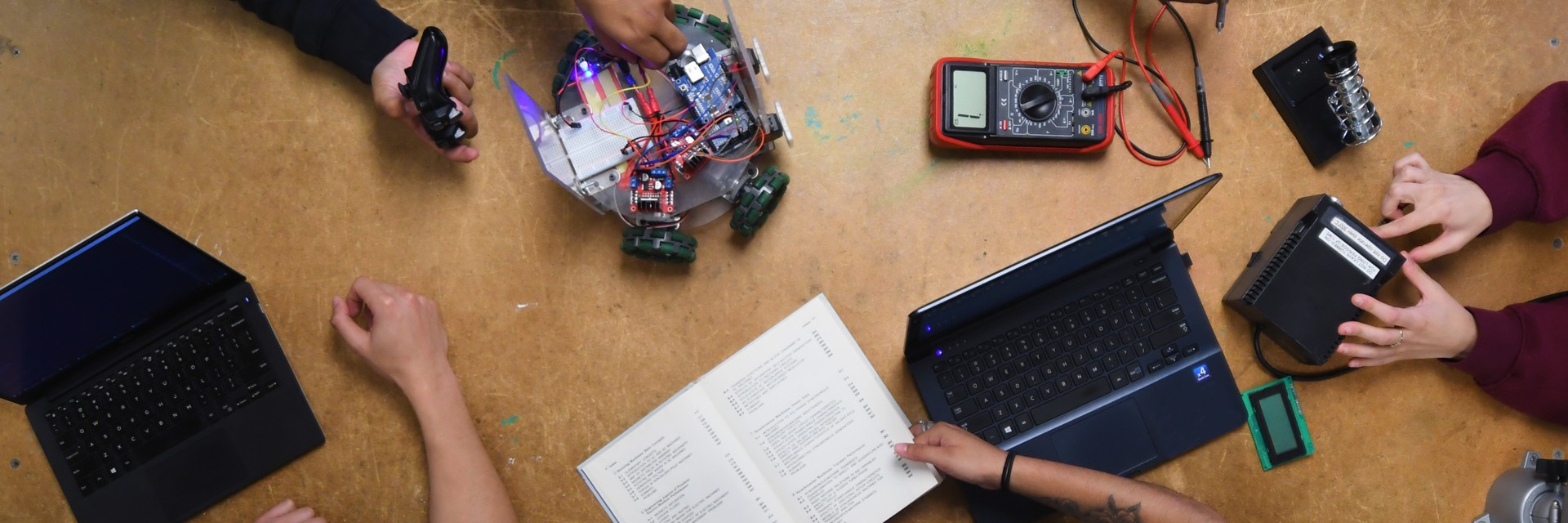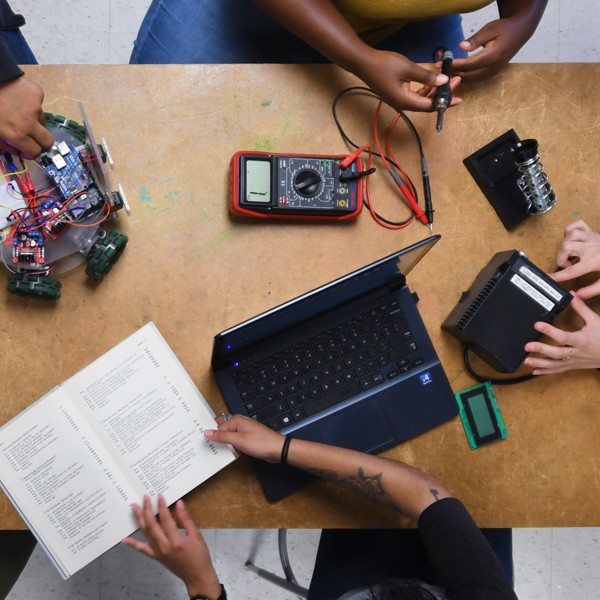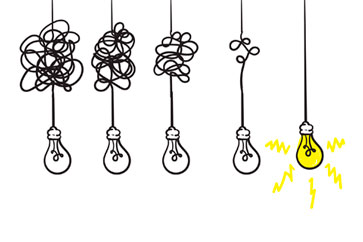Illustration: Devita ayu Silvianingtyas
Nearly 80% of Students Failed a Mid-Term.
Something Had to Be Done.
Statics is the branch of mechanics concerned with bodies at rest and forces in equilibrium. As a field of study, it’s the first “real engineering” class ECST students seeking degrees in Mechanical or Civil Engineering must pass. That’s why persistent high failure rates in Statics courses have become a cause of increasing concern.
Explaining the difficulty of Statics, Professor of Mechanical Engineering Mathias Brieu says, “The problems Statics is meant to solve are too numerous and varied to learn them all. Instead, students must learn the concepts and how to apply them to any problem they might encounter. This requires that they start thinking and working like engineers instead of like students. It also takes a sufficient understanding of physics and math. First-year students often struggle with one or both of these challenges.”
Dr. Brieu joined ECST in January 2019 and taught his first Statics course at the College in the fall semester of that year. Nearly 80% of his students failed the first of four mid-term exams. “Students were traumatized,” says Dr. Brieu.
Associate Professor of Mechanical Engineering David Raymond, who was also teaching Statics that fall, was not surprised. He knew that historically the failure rate for the first exam was always high, no matter who was teaching the class. And that first failure sets the tone for the rest of the class. “After just the mid-term, many students are already underwater,” says Dr. Raymond. “It is hard for them to recover and get a passing grade.”
It was clear that something would need to be done. In response, the two professors were asked by their department chair, Dr. Nancy Warter-Perez, to work together to address the problem. The fact that failure rates were high no matter who was teaching was an important starting point. “This told us that something bigger was going on,” says Dr. Raymond. “It gave us the opportunity to identify and figure out how to control other factors that might be affecting student success.”
Drs. Brieu and Raymond started by identifying problems with the Statics courses. Based on feedback from professors who teach Statics and those who teach the follow-on classes, they confirmed that in addition to high course failure rates, even students who passed Statics were often unprepared for the follow-on courses. Their research showed that one of the issues was a lack of consistency in the way Statics was being taught. This finding raised the following questions that would need to be answered:
What are the learning outcomes we seek? Are we all teaching to the same outcomes? Are we all assessing the outcomes in the same way?
The professors began to co-teach the course in their two sections right away, making changes to ensure consistency and help the students who were struggling and in danger of failing that semester. They essentially restarted the course, focusing first on the fundamentals that students would need to be successful. Then they created a shared syllabus and followed the same progression and schedule. They made their classes more dynamic and interactive. Most important, they worked to change the negative perceptions of students.
“Because we were in the middle of a semester, we had to have students’ permission to make changes,” says Dr. Raymond. “So, we made them part of the process. Student attitudes changed from doom and gloom to ‘I have a chance.’”
These changes made a difference, but it was just the beginning. The professors’ research and teaching experience led them to seek a more comprehensive solution. The approach they selected is one being increasingly adopted in engineering courses: mastery-based learning. Also known as competency-based learning, mastery-based learning is an outcome-based, student-centered form of instruction where students progress to more advanced work upon mastering the necessary prerequisite content and skills.
“Think of the karate belt ranking system,” says Dr. Raymond. “To earn a brown belt, you have to demonstrate certain skills. If you fail a test, no harm, no foul. You can test for those skills as many times as you need to get it right. But you have to show mastery before you can test for the next belt.”
Among its advantages, mastery-based learning in Statics ensures that all students who receive a passing grade in the course have demonstrated a base-level of skills that let them progress to subsequent courses and are required to absolutely know and be able to demonstrate a set of fundamental concepts. In addition, bar of achievement for students is clear and unambiguous.
Even in that first semester, the improvement in student achievement was dramatic: nearly 85% of students in both sections achieved a passing grade on the final exam; attendance at mid-term exams was close to 95%; and attendance at the final exam was 100%.
According to Drs. Brieu and Raymond, there is more work to be done in bringing mastery-based learning to engineering courses at the College. But all signs point to its positive impact and the professors intend to continue working on the approach and hope to bring it to more engineering classes.


